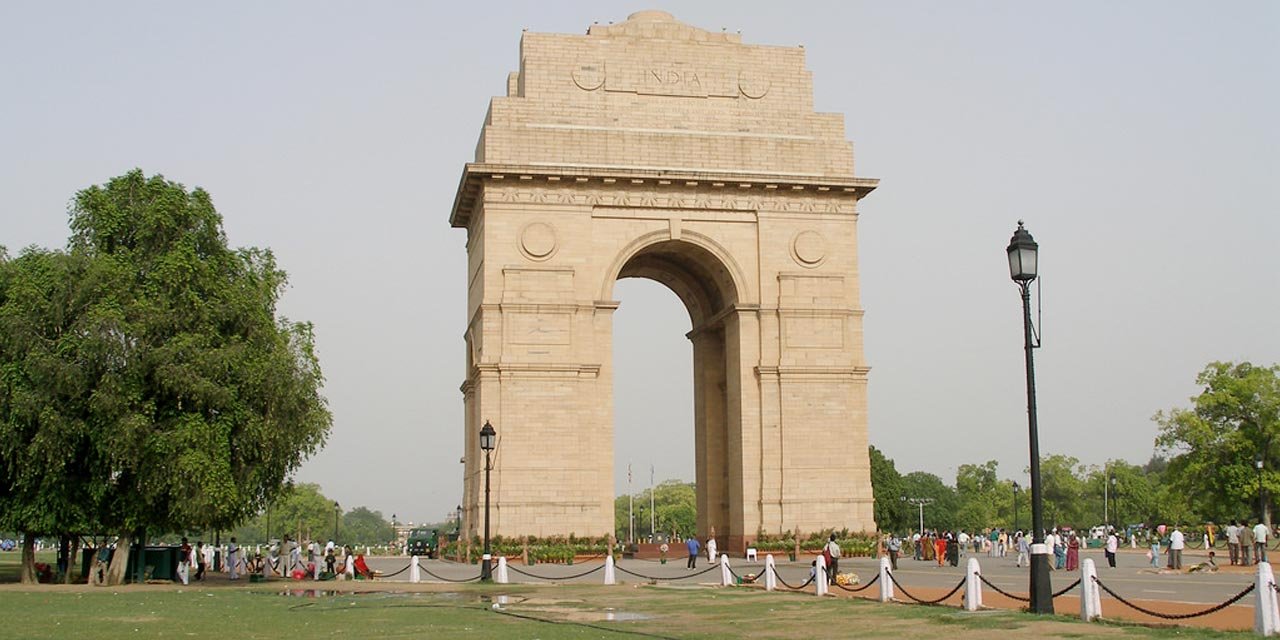- Introduction
- Overview of India Gate
- Its significance as a national monument
- Purpose of the blog
- Historical Background
- British Raj and WWI context
- Commissioning of India Gate
- Role of Edwin Lutyens
- Foundation stone and inauguration
- Architectural Brilliance
- Design elements and style (triumphal arch, resemblance to Arc de Triomphe)
- Material used (Bharatpur stone, granite)
- Engraved names of soldiers
- Details on canopy and statue of George V
- India Gate and Amar Jawan Jyoti
- Creation post-1971 Indo-Pak war
- Eternal flame and its symbolism
- Role of Amar Jawan Jyoti in Republic Day celebrations
- Merger with National War Memorial flame in 2019
- Cultural and National Significance
- Venue for national celebrations and parades
- Tourist attraction and photography hotspot
- Representation in media and Bollywood
- India Gate During the Freedom Movement
- Role during British rule vs post-independence perspective
- Symbolic transformations
- Renovations and Preservation
- Restoration efforts by ASI
- Lighting, beautification, and modern installations
- Eco-friendly and security measures
- The National War Memorial
- Rationale for a separate war memorial
- How it complements India Gate
- Design, layout, and importance
- India Gate by Day and Night
- Experience for visitors
- Light show and fountains
- Street food and public gathering culture
- Trivia and Lesser-Known Facts
- Misconceptions
- Unique architectural insights
- Time capsule myth
- Interesting historical anecdotes
- Conclusion
- Reiteration of its timeless legacy
- Call to preserve and respect national monuments
- Personal reflection or quote about patriotism

previous post
Related posts
Click to comment

